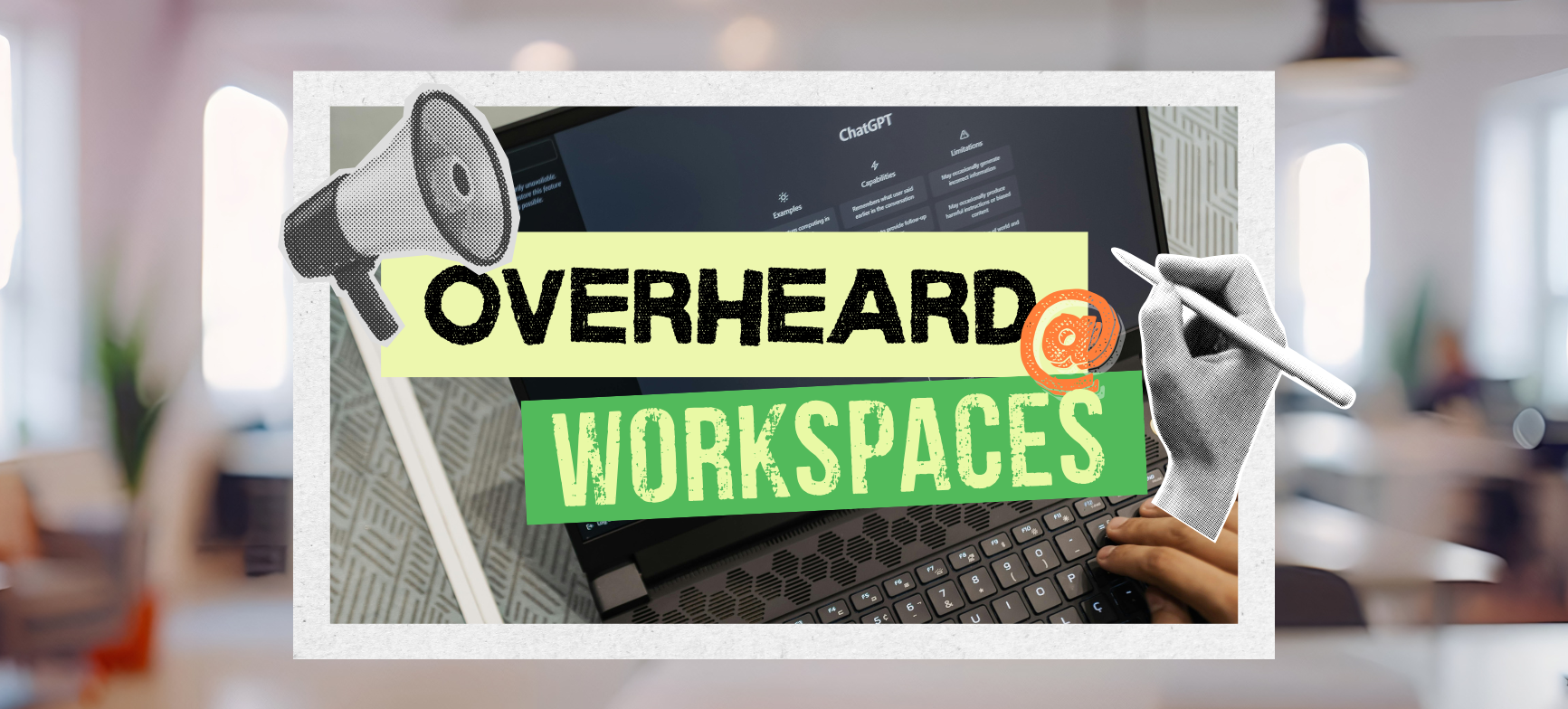In today's fast-paced work environment, the essence of human connection is more crucial than ever. Fernando Faria, Global Head of Workplace Transformation at Sanofi, shared at WorkSpaces how human-centric discoveries became the foundation of a workplace strategy focused on making offices more attractive.
When Digital Perfection Misses the Human Element
Sanofi's workplace transformation journey began in 2021 with an extensive listening tour to understand employee needs. The company developed a comprehensive strategy aiming to transform their offices into "a destination, not an obligation." But the path wasn't without missteps.
Faria shared a particularly enlightening failure that occurred when one of Sanofi's flagship U.S. locations went "fully digital" with food service. "We decided to take all the cashiers out," he explained. "Let's put an app. Everybody pre-orders food, grabs their food, and just goes."
The idea seemed perfectly aligned with current tech trends—until the complaints flooded in.
"We missed the human part," Faria admitted. "We understood afterwards that people like to talk to John because he knows what they like in their sandwich... and that interaction, we just took it away from everybody without even asking them."
The Unexpected Power of Friday Brunch
Food emerged as the hidden catalyst in Sanofi's return-to-office equation—a revelation that caught even the workplace team by surprise.
"After the first release of our workplace strategy, we didn't pay attention to food in the beginning," Faria said. "We understood that food can be one of the most important components to bring people back to the office—not because of free food but using food as a way to connect our employees."
This insight led to a pilot program in France: free brunch on Fridays—typically the emptiest day in the office. The result? Office utilization increased by 30%.
What's noteworthy is how employees use this time. "They're not just going there for meetings and working in the traditional way," Faria explained. The brunches have become a catalyst for building a stronger sense of community in the workplace. "
This behavior perfectly aligns with the company's actual goal: bringing people together for collaboration, culture-building, and connection—"not to be sitting in a phone booth by yourself eight hours a day."
Breaking Down Data Silos
With over 140 different locations globally, each with different landlords, building types, and systems, Sanofi faced a common enterprise challenge: fragmented data.
Their approach to solving this challenge was strategically straightforward: partnering with global providers to standardize processes and ensuring they weren't "testing different things all the time in different locations." While not perfect—some data remains uncollected due to site-specific limitations—this standardization has enabled Sanofi to build comprehensive dashboards tracking everything from locker utilization to air quality.
The Democratizing Effect of Unassigned Seating
As someone who began his career as a receptionist watching executives who "never had time to talk to anyone," he's now creating the environment he wished he had experienced.
"We see high-level executives sitting next to an intern and talking to them during coffee or an informal lunch," he shared. "That's what I want for my kids and for all the kids."
This democratizing effect highlights an often-overlooked benefit of modern workplace design: its ability to break down hierarchical barriers that have traditionally limited opportunity and collaboration.
For workplace innovators, Sanofi's journey offers a powerful reminder that amid all the discussions of technology, sustainability, and space utilization, the most successful workplace transformations focus first on deeply human connections—even something as simple as a conversation with the person making your sandwich.
Watch his full talk below...

Posted by
Join us at WorkSpaces!
The retreat for corporate real estate and workplace innovators.
Oct 4-6, 2026 | Santa Barbara, CA


-2.png)

-3.png)
-3.png)



Comments